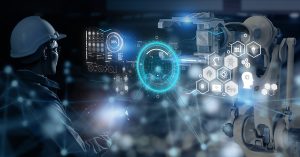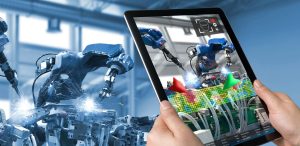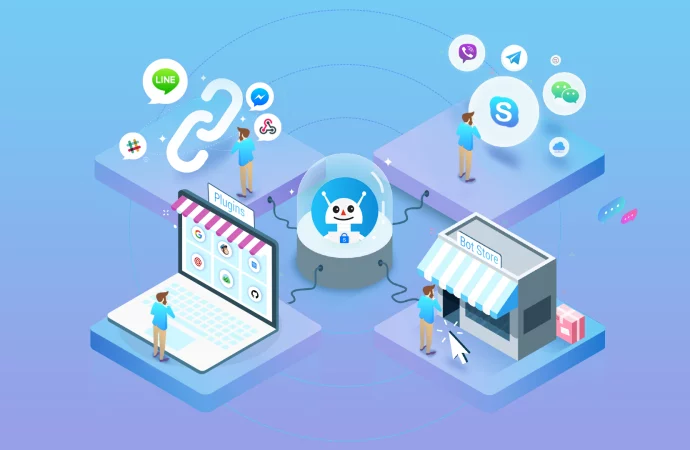Introduction The evolution of Digital Twin Technology is truly transforming industries across the globe. This revolutionary concept is reshaping how products are designed, manufactured, and maintained. The Digital Twin Revolution is not just a trend, but a fundamental shift in the way businesses operate in the digital age. Definition of Digital Twin A Digital Twin
Introduction
The evolution of Digital Twin Technology is truly transforming industries across the globe. This revolutionary concept is reshaping how products are designed, manufactured, and maintained. The Digital Twin Revolution is not just a trend, but a fundamental shift in the way businesses operate in the digital age.
Definition of Digital Twin
A Digital Twin is a virtual representation of a physical object or system, such as a machine, a building, or even an entire factory. This digital replica is created using real-time data from sensors, IoT devices, and other sources to simulate the behavior and performance of the physical asset. By creating a Digital Twin, businesses can gain valuable insights, optimize processes, and make informed decisions to improve efficiency and productivity.
History of Digital Twin

Image by : Yandex
The concept of Digital Twin Technology has been around for several decades, but recent advancements in IoT, AI, and cloud computing have accelerated its development. Key milestones in Digital Twin development include the introduction of smart sensors, the rise of big data analytics, and the integration of machine learning algorithms. These advancements have paved the way for the widespread adoption of Digital Twins in various industries.
Key Components of Digital Twin
From concept to reality, Digital Twin Technology relies on data integration and analytics to create a virtual replica of a physical asset. By collecting and analyzing real-time data from sensors and other sources, businesses can monitor performance, predict maintenance needs, and optimize operations. The key components of a Digital Twin include data modeling, simulation software, and visualization tools that enable businesses to make data-driven decisions.
Benefits of Digital Twin
The evolution of Digital Twin Technology enhances predictive maintenance capabilities by enabling businesses to monitor the health and performance of assets in real-time. By predicting potential failures before they occur, businesses can reduce downtime, minimize maintenance costs, and improve overall reliability. The Digital Twin Revolution also improves operational efficiency and cost savings by optimizing processes, reducing waste, and increasing productivity.
Challenges in Implementing Digital Twin
While the benefits of Digital Twin Technology are clear, there are challenges in implementing this technology. Businesses may face obstacles such as data integration issues, lack of standardized protocols, and cybersecurity concerns. Additionally, the complexity of creating and maintaining Digital Twins for large-scale systems can be daunting. Overcoming these challenges requires a strategic approach, collaboration between different departments, and investment in the right tools and technologies.
Future Trends in Digital Twin Technology

Image by : Yandex
As the Digital Twin Revolution continues to gain momentum, we can expect to see even more advancements in this technology. Future trends in Digital Twin Technology include the integration of AI and machine learning algorithms for predictive analytics, the use of blockchain for secure data sharing, and the development of Digital Twins for entire supply chains. The advantages of the Digital Twin Revolution are clear: improved efficiency, reduced costs, and increased competitiveness in the global marketplace. By embracing this transformative technology, businesses can stay ahead of the curve and drive innovation in their industries.
















